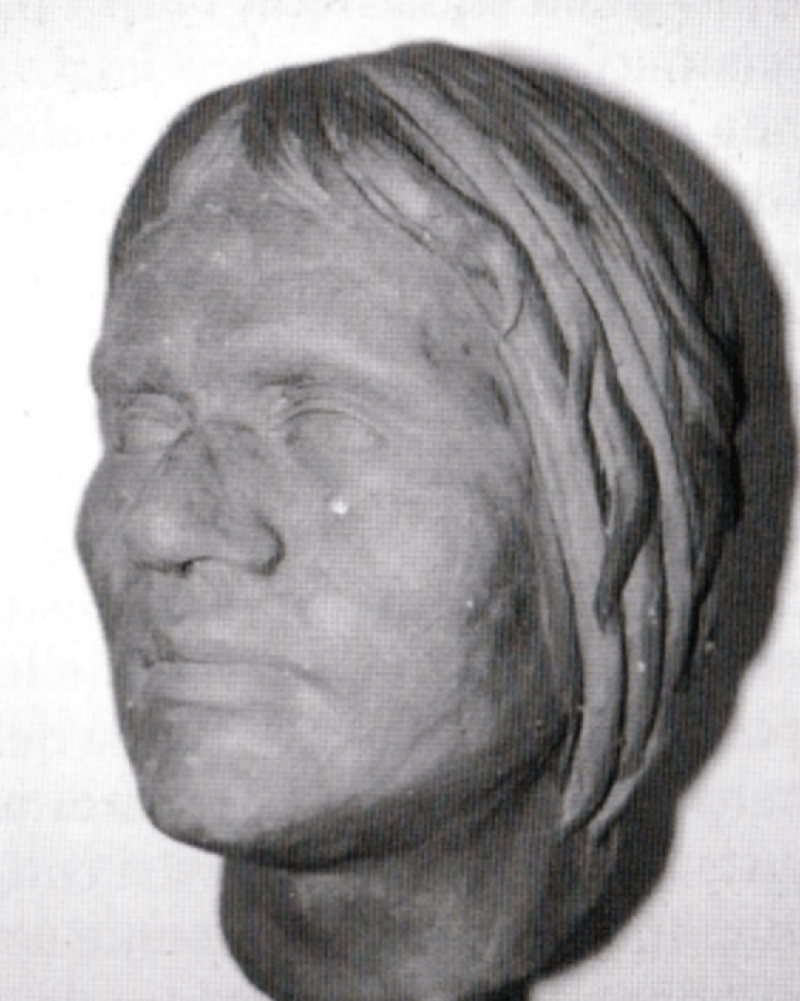He was a young boy of about 10 who died in the rugged hills of what is now the southern Italian region of Calabria.
Now, 17,000 years later, the boy’s remains are allowing scientists not only to make 3D virtual and plastic recreations of a young prehistoric human brain, but also to gain a better understanding of everything from what our late-paleolithic human ancestors ate to the progression of human speech.
“He’s a one-of-the-kind in that there are no other samples from the same period that are in such perfect condition,” Fabio Macciardi, a neuroscientist with the University of California Irvine, says of the boy whose remains have been dubbed Romito 9 by scientists.
The extraordinary new method of comparison will allow researchers to study the co-evolution of the human brain and our genome, both of which were subject to adaptive evolution over time, resulting in the brain’s shape and function.
While humans had the same number and type of genes 17,000 years ago, there were likely different DNA variants, or genes with different sequences. It’s these changes that could shed light on language development.
“We know that some of the DNA variants emerged very recently and are probably responsible for some language pathologies,” says Macciardi.
The narrower range of comparison of the way genes have shaped our brain, the scientists hope, will have practical consequences in treating conditions ranging from dyslexia to difficulties in organizing speech.
The GLP aggregated and excerpted this blog/article to reflect the diversity of news, opinion and analysis. Read full, original post: Boy’s ‘perfect’ remains give scientists chance to recreate prehistoric brain in 3D































